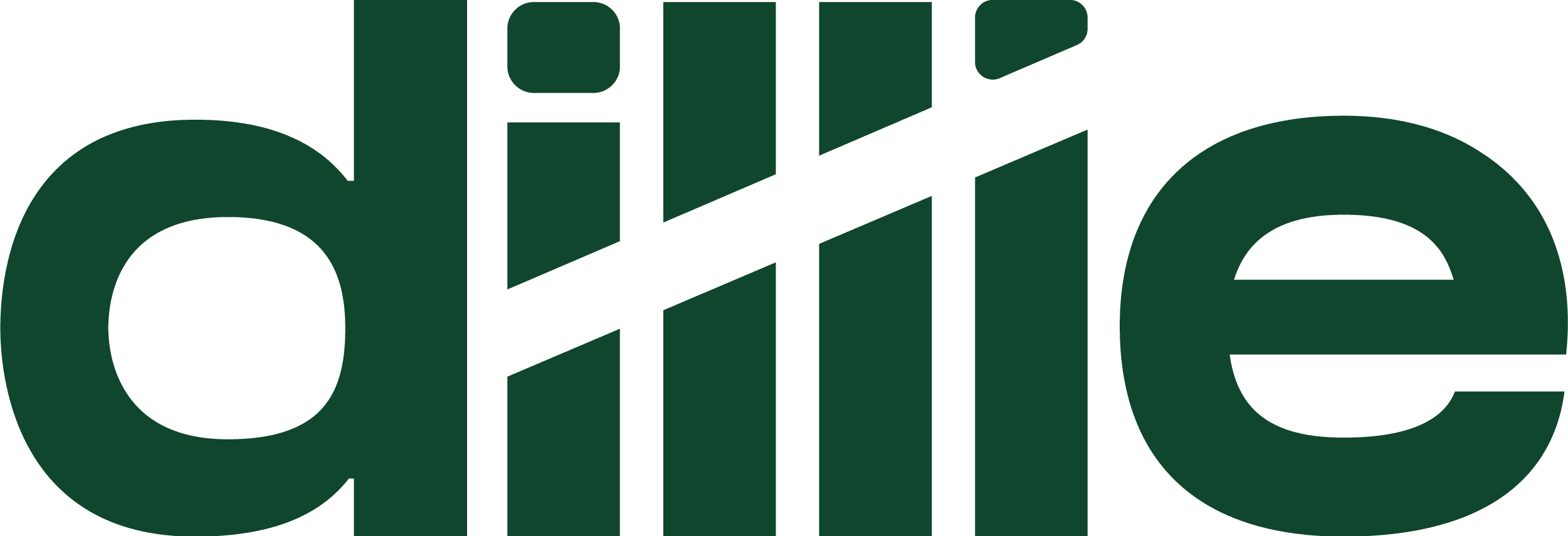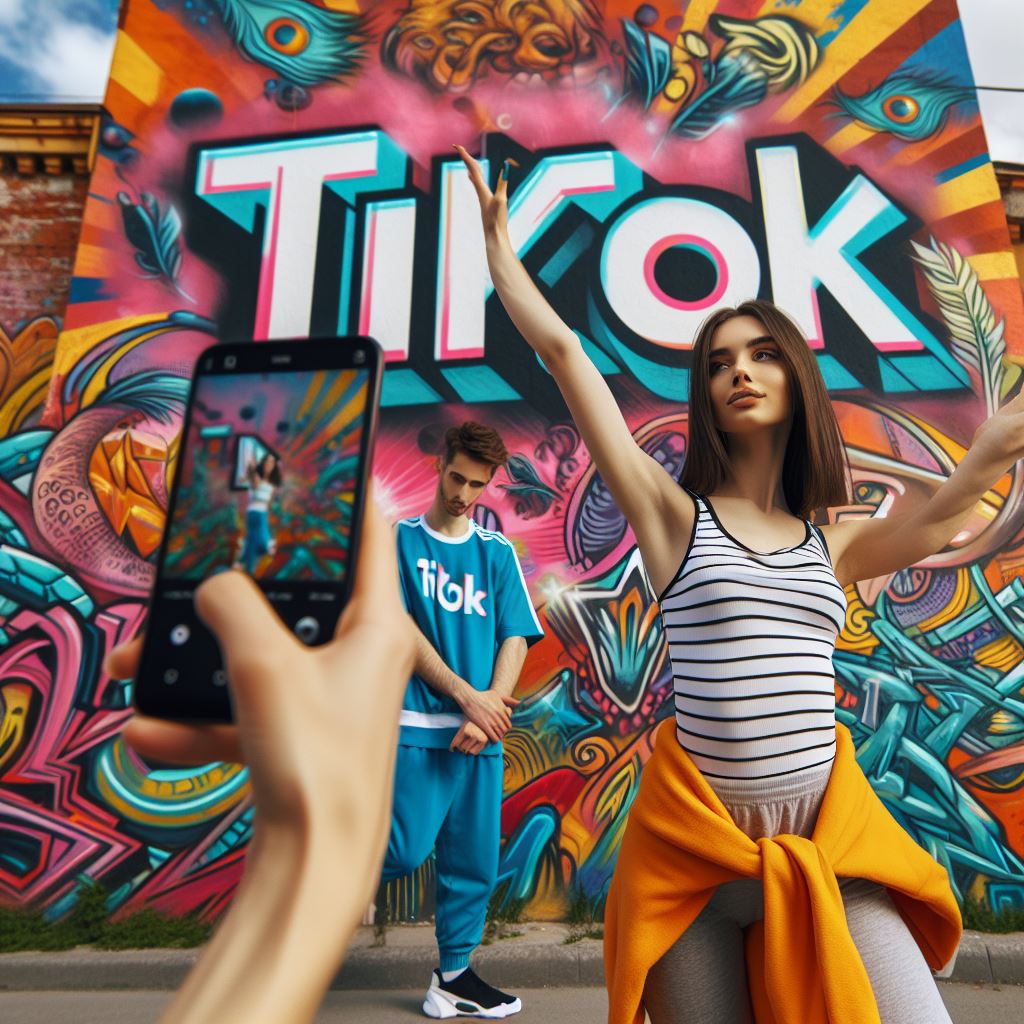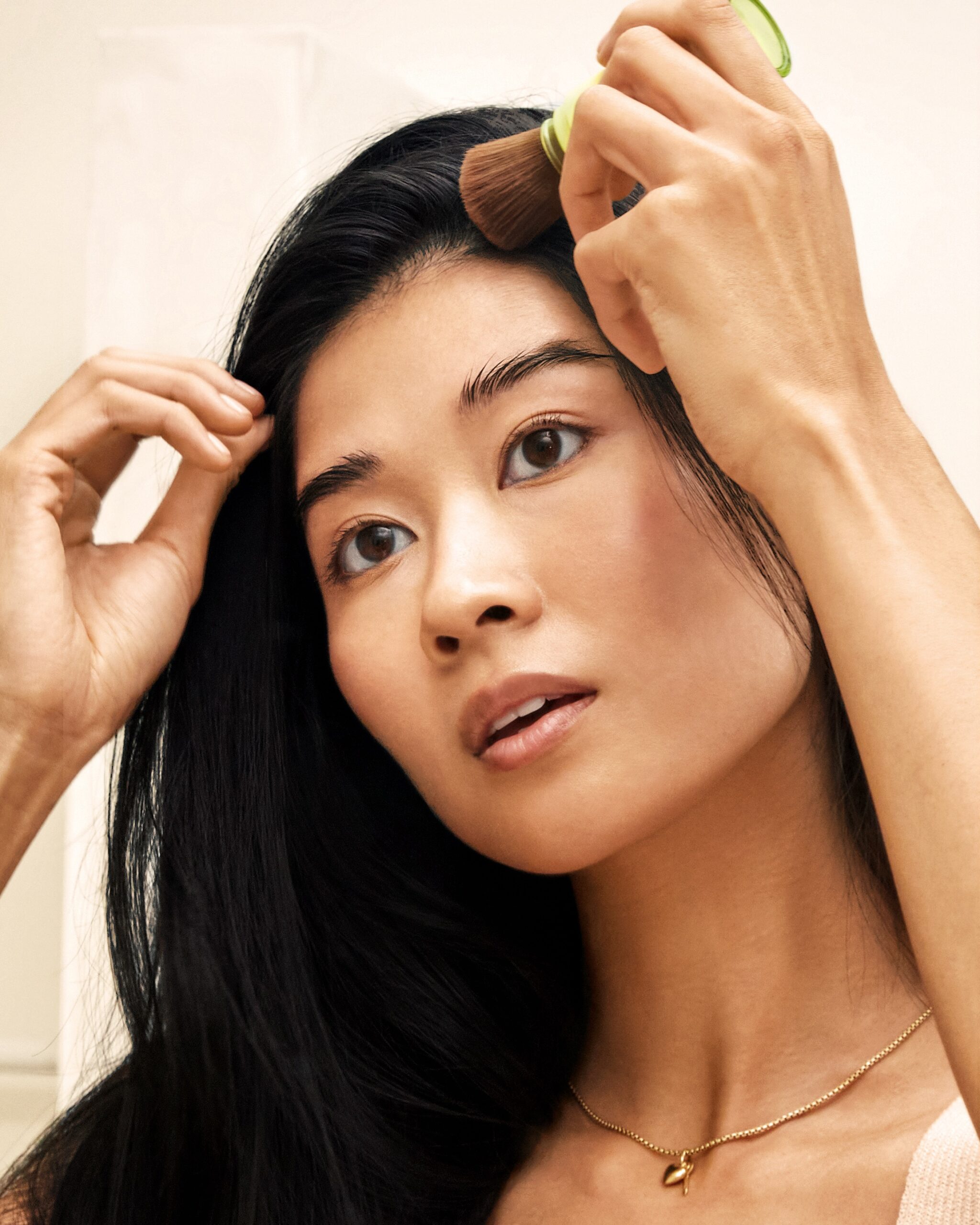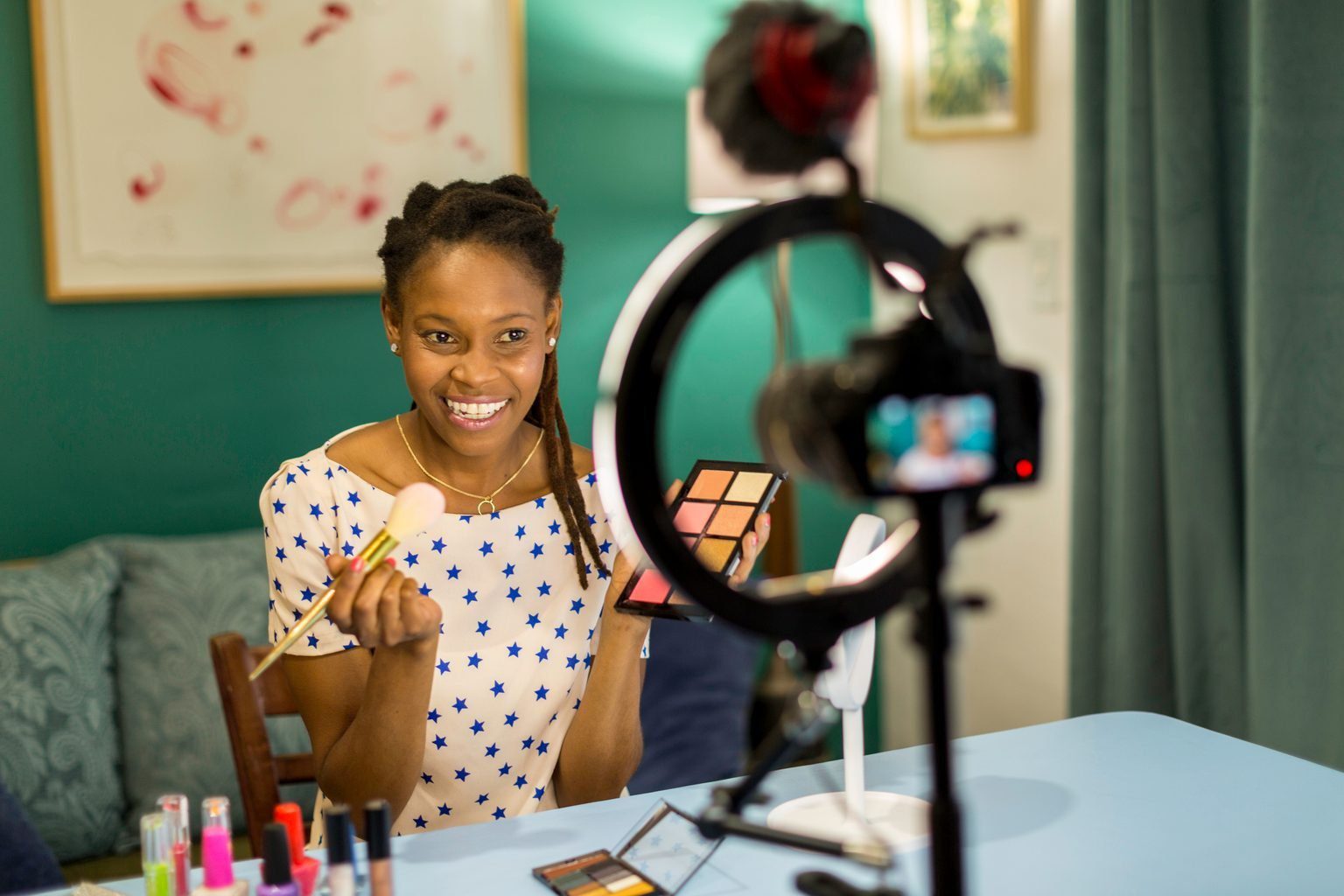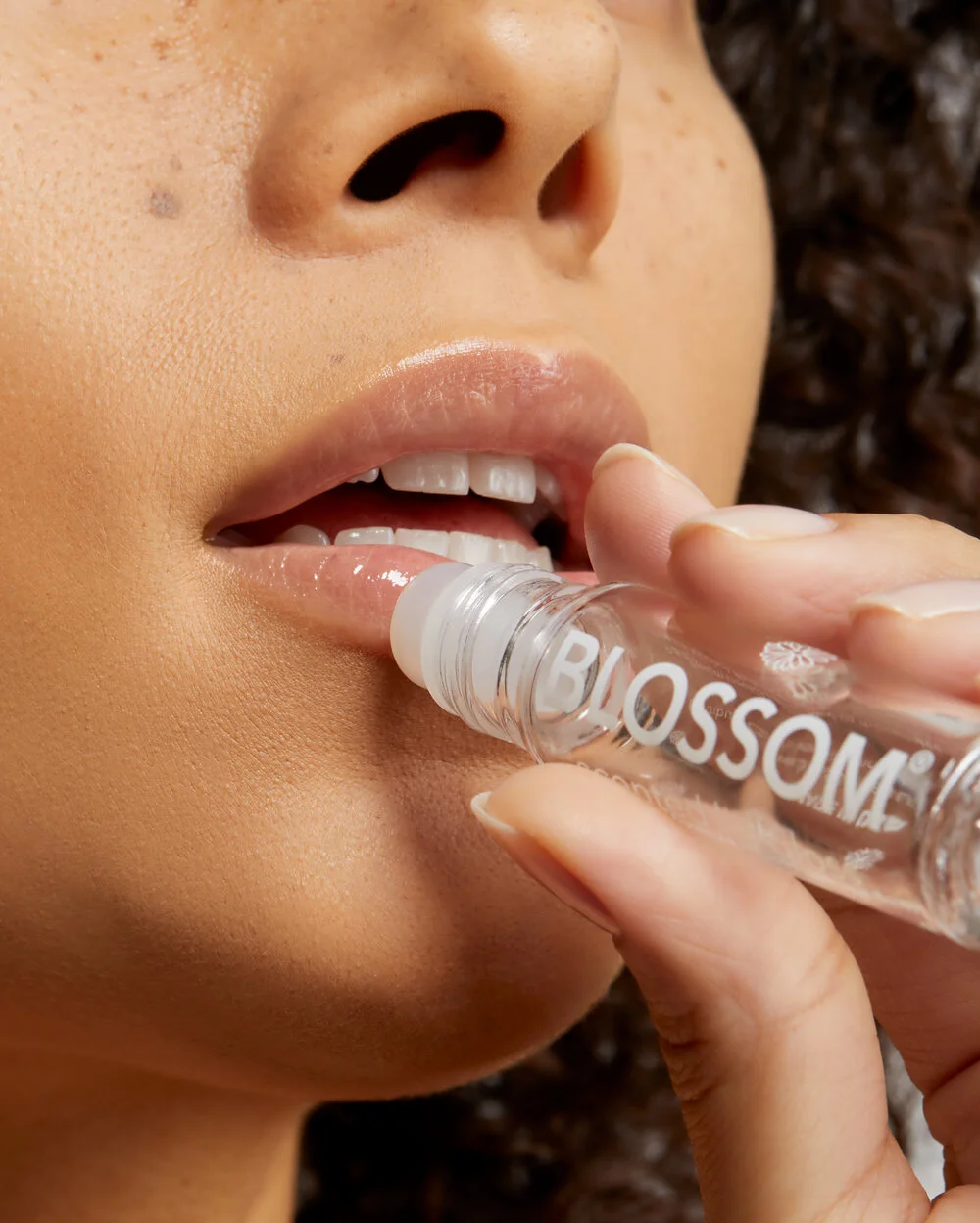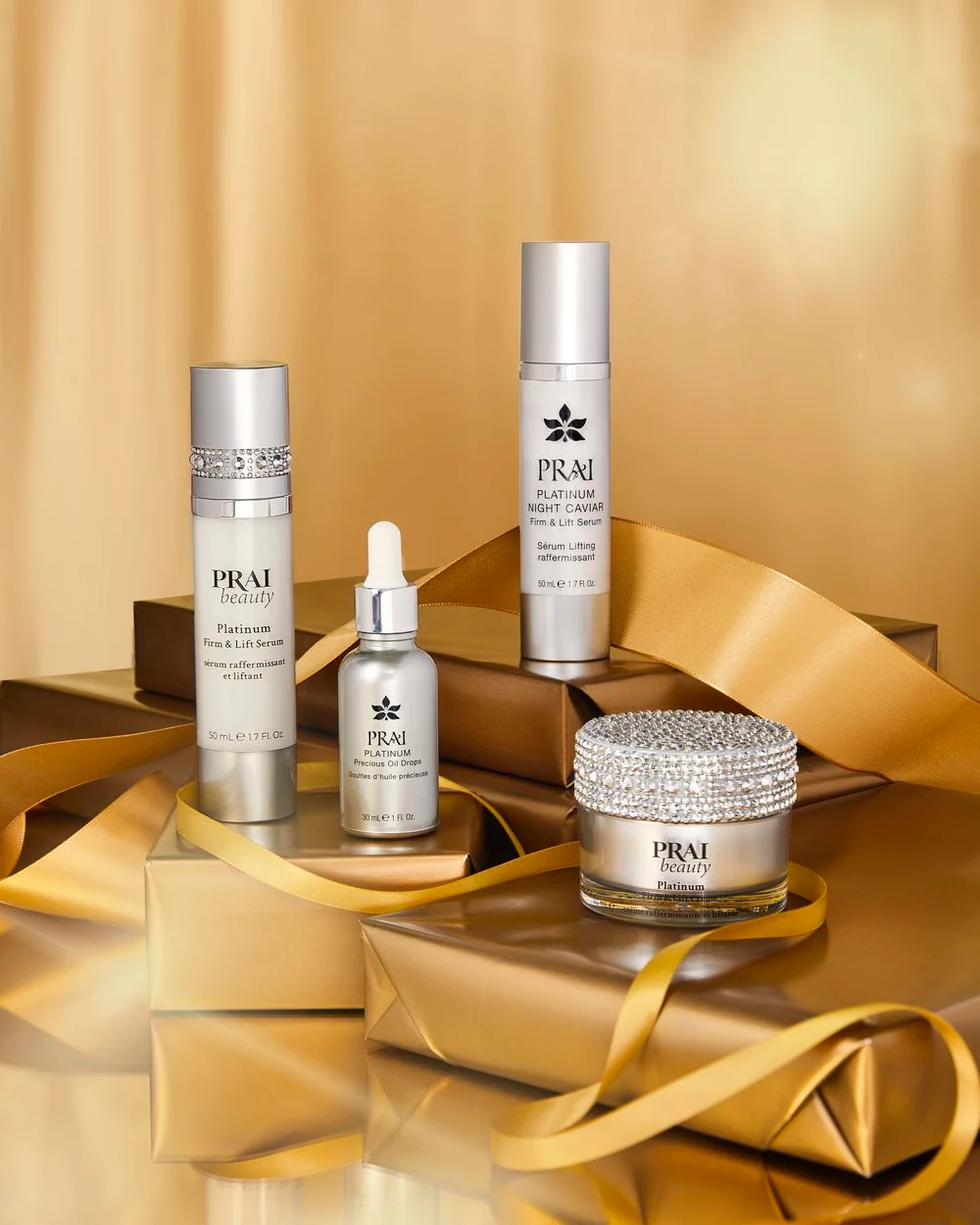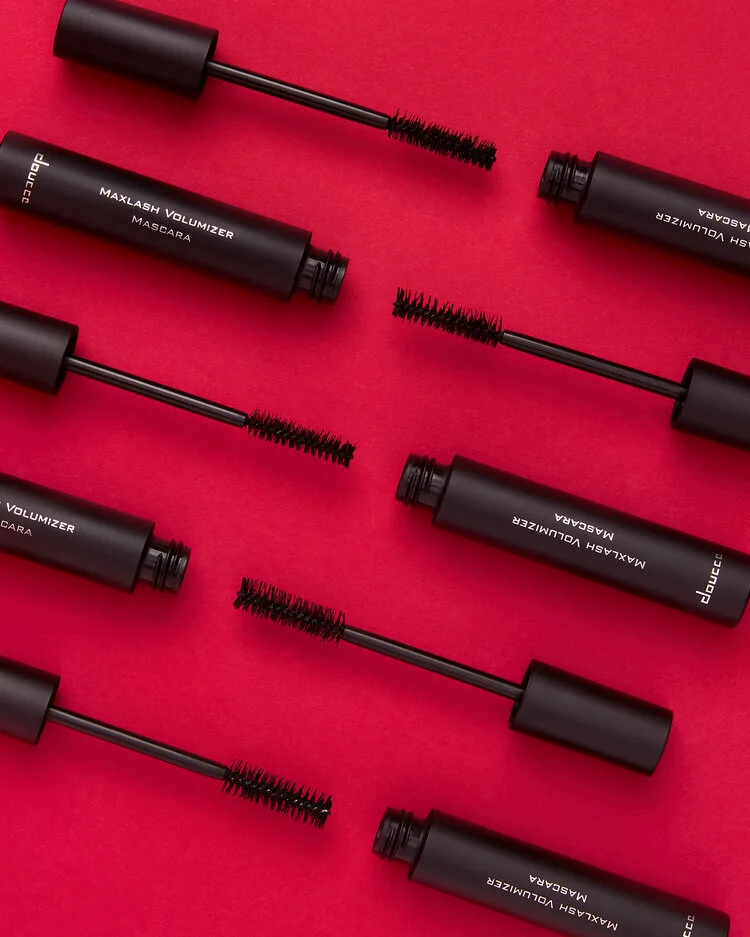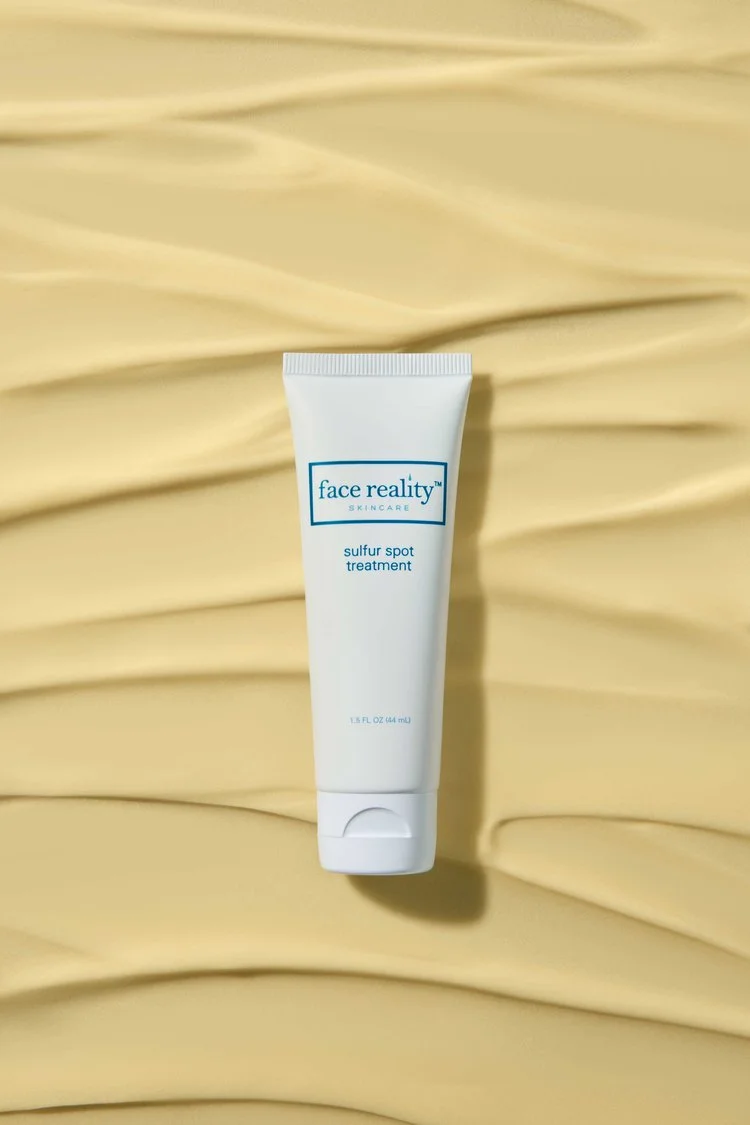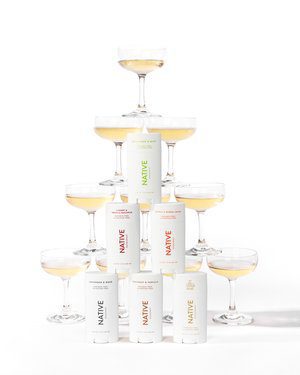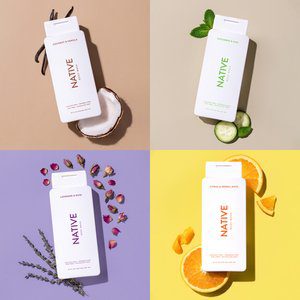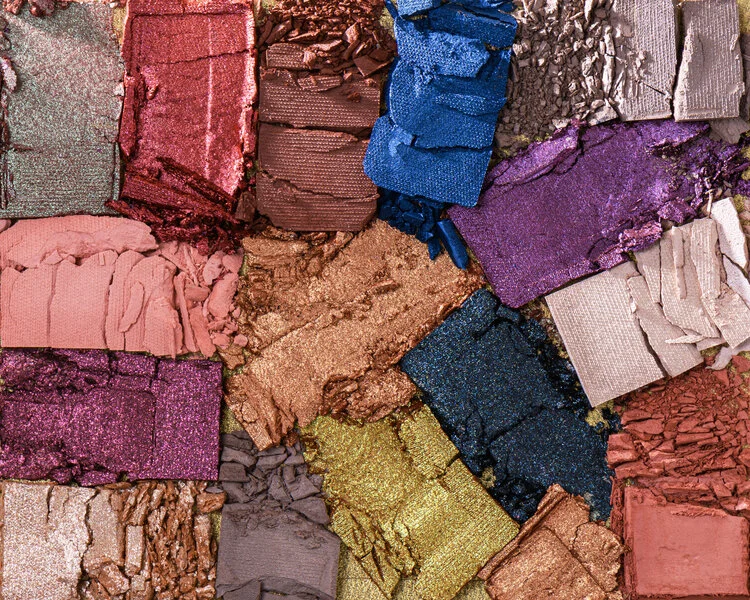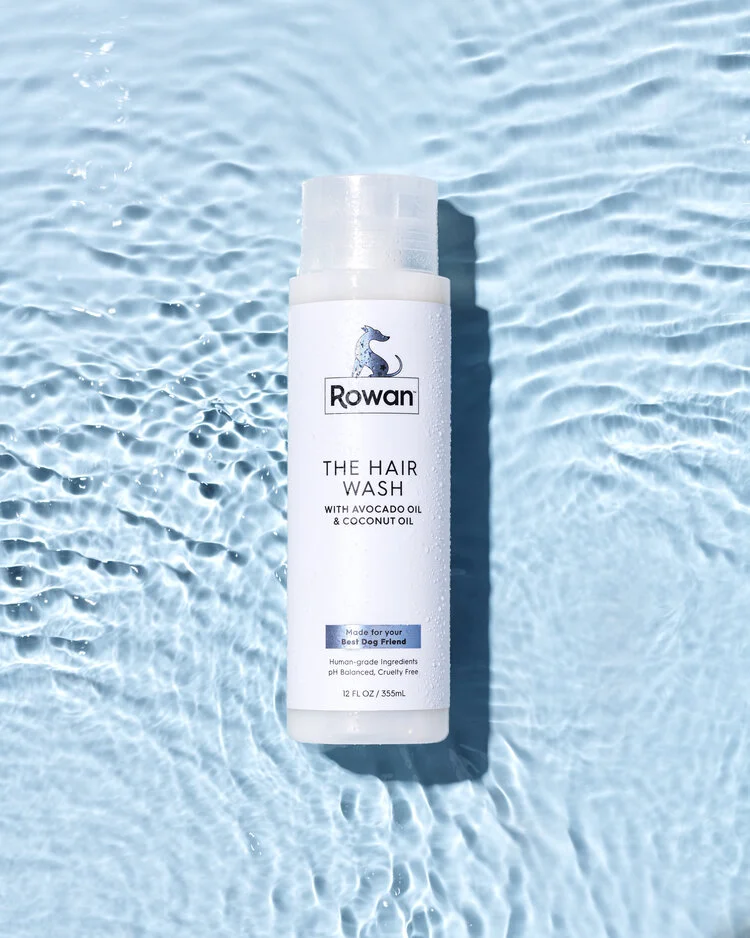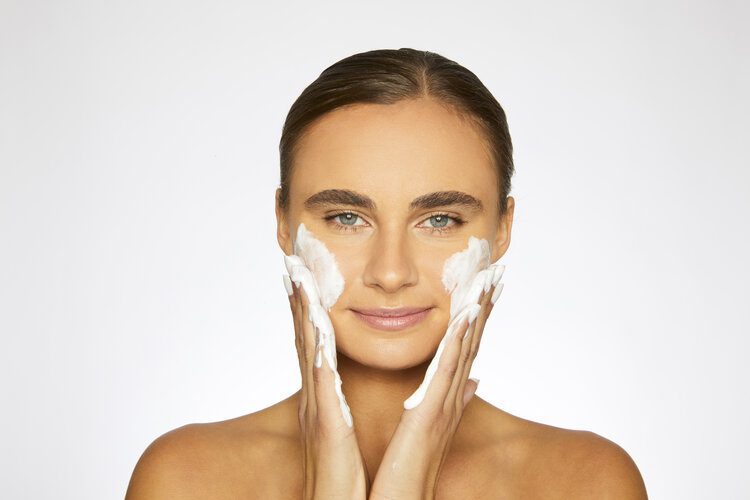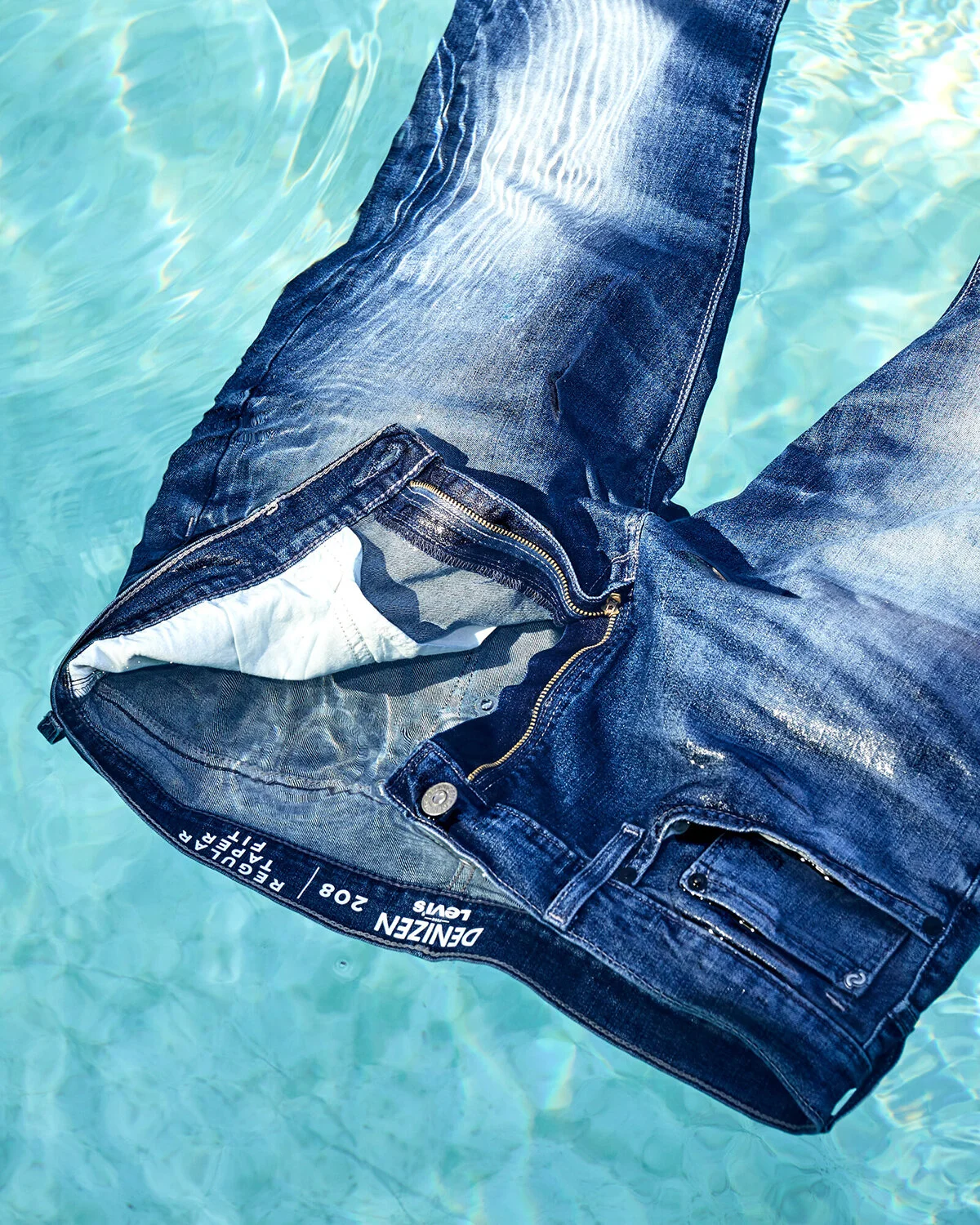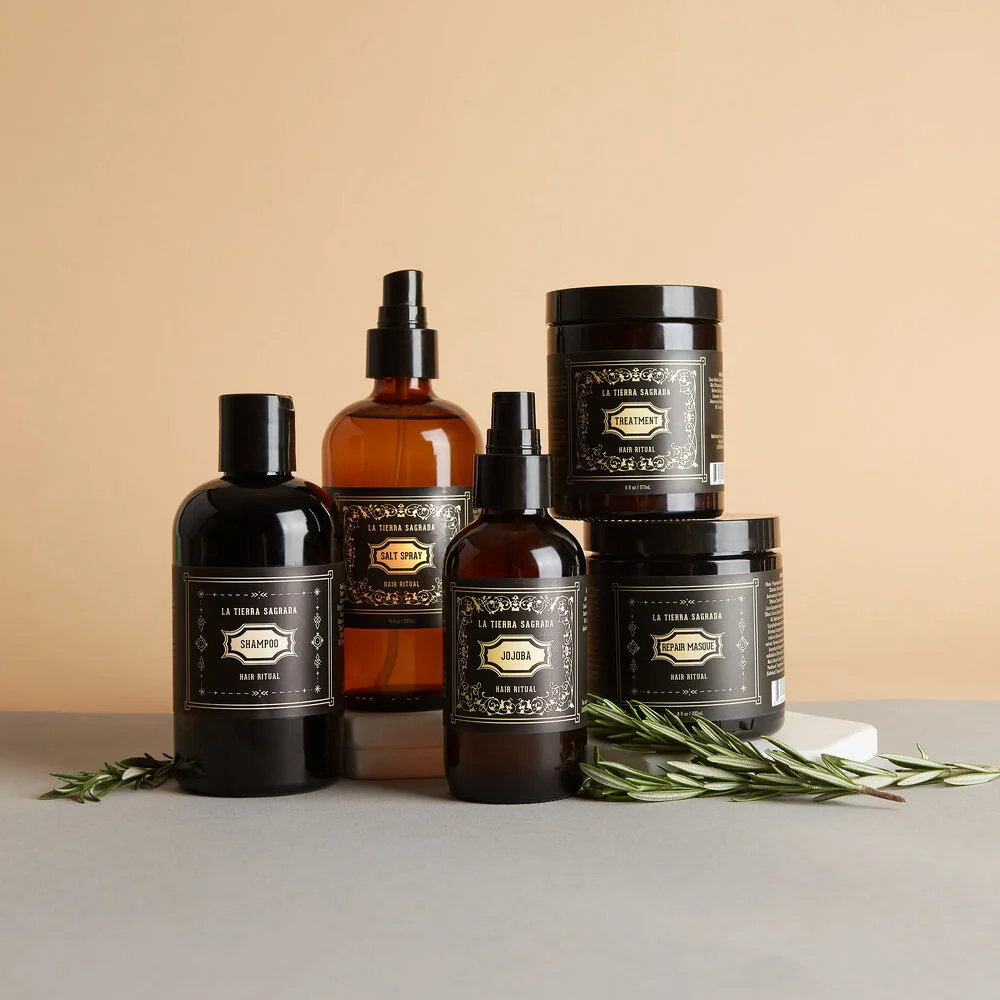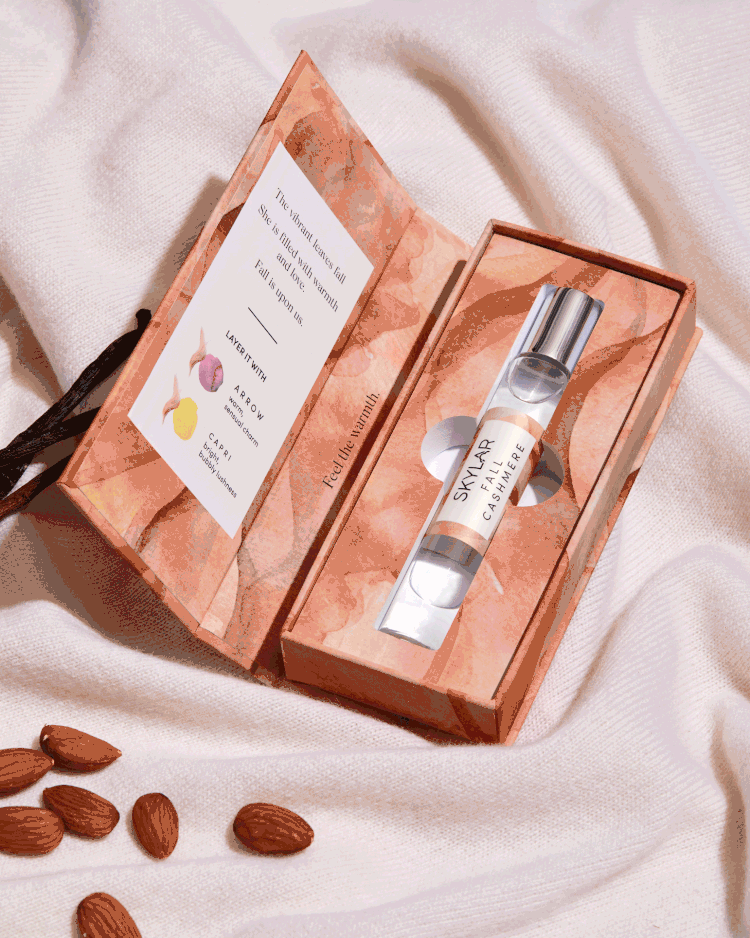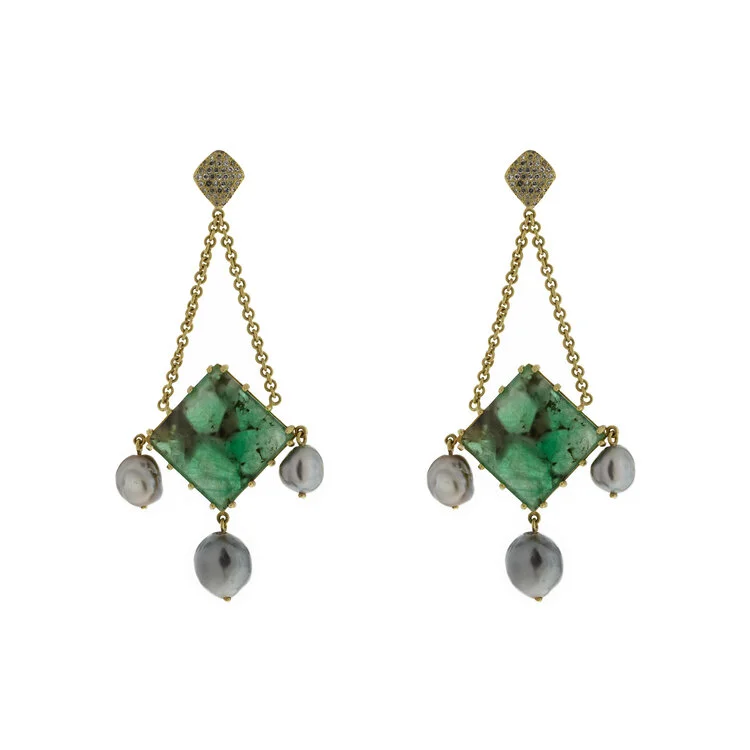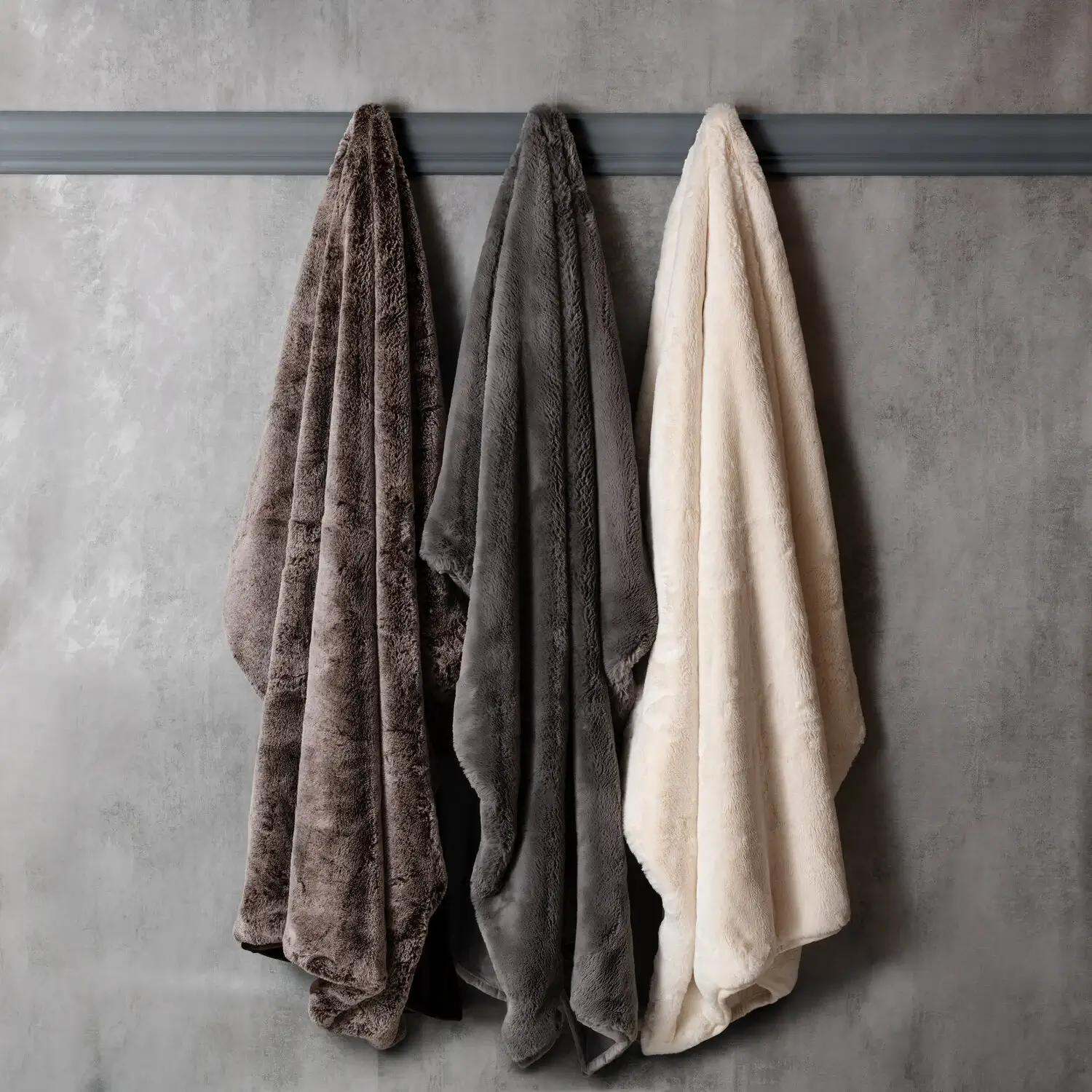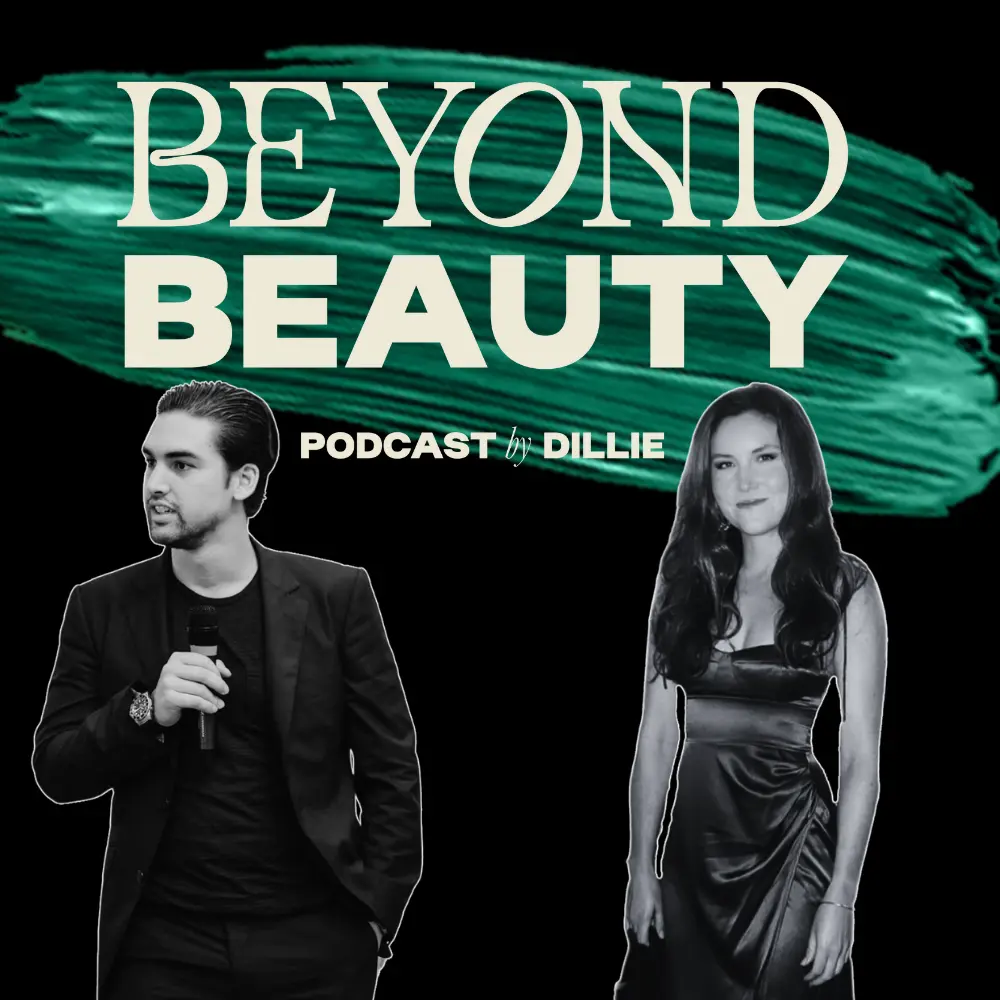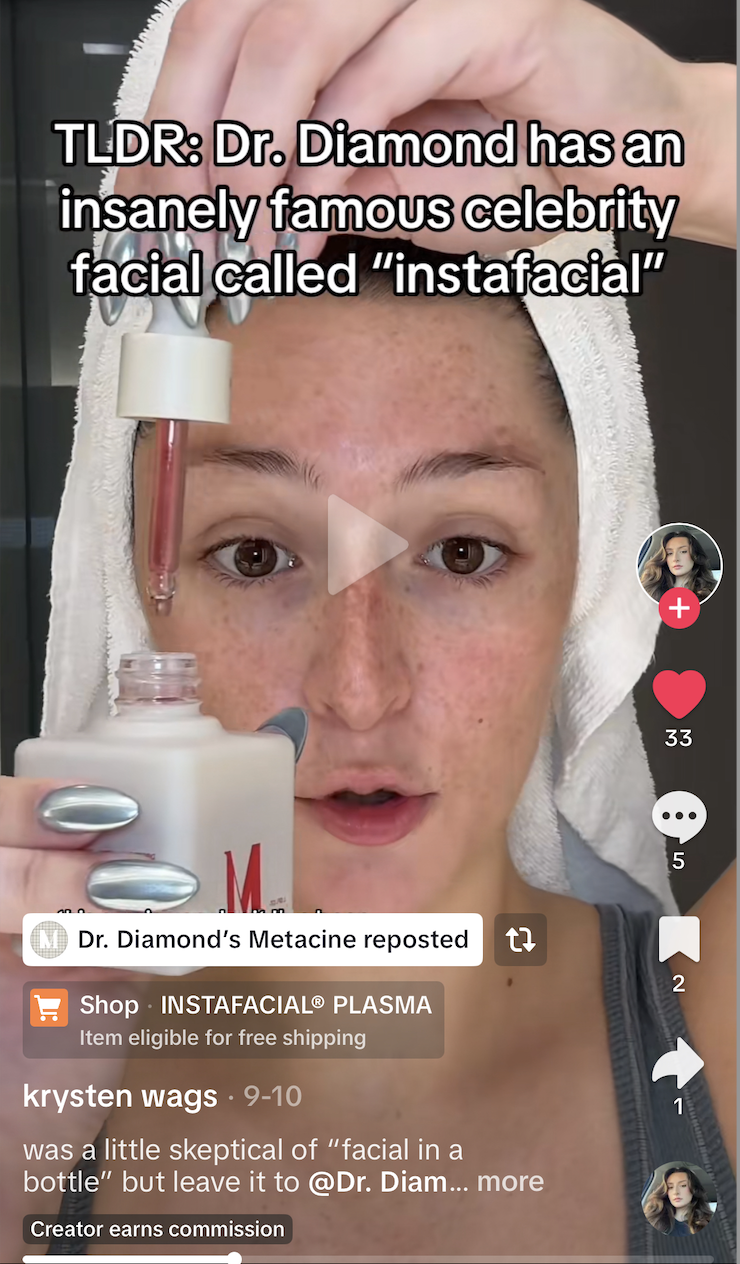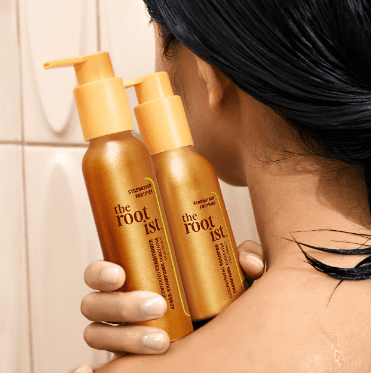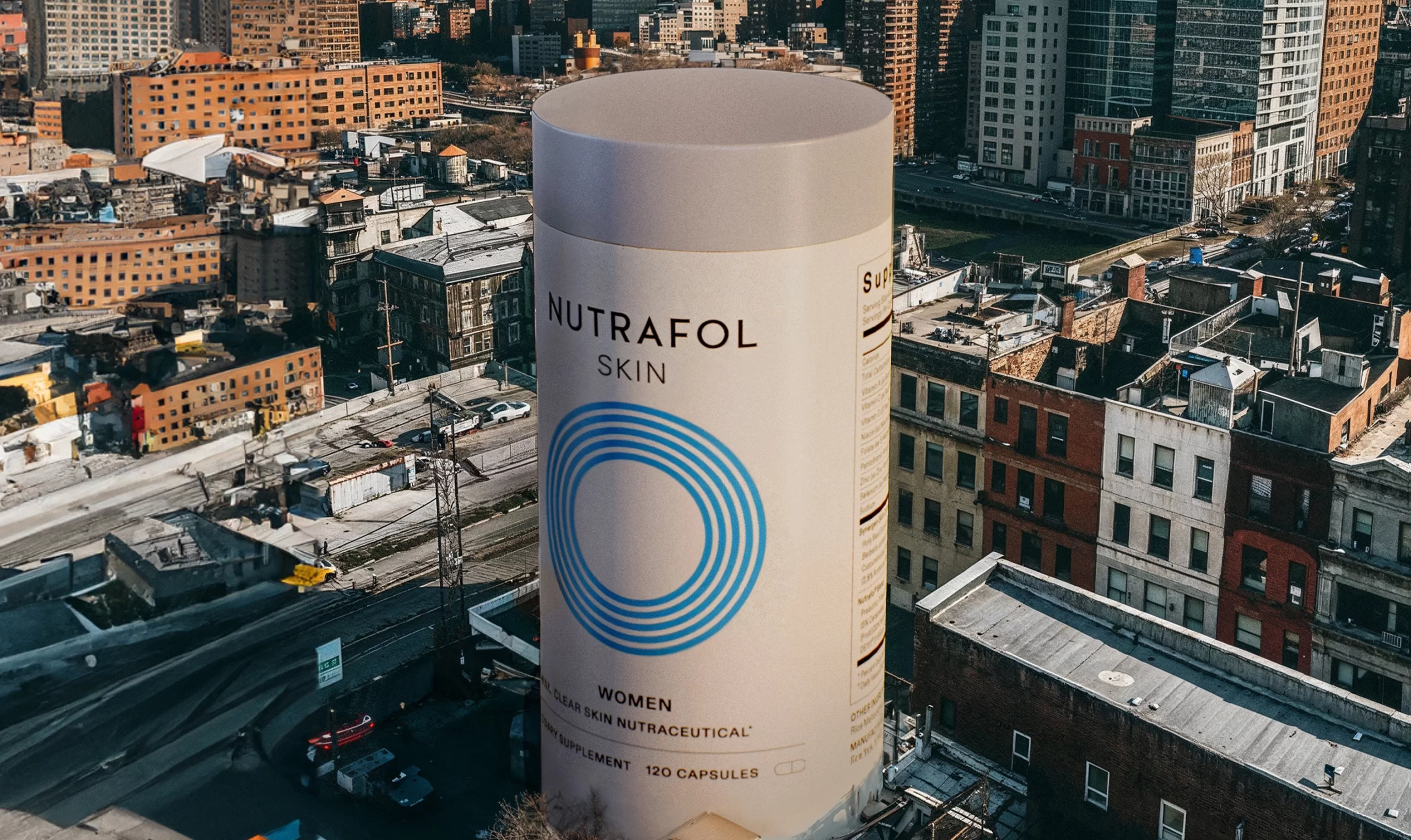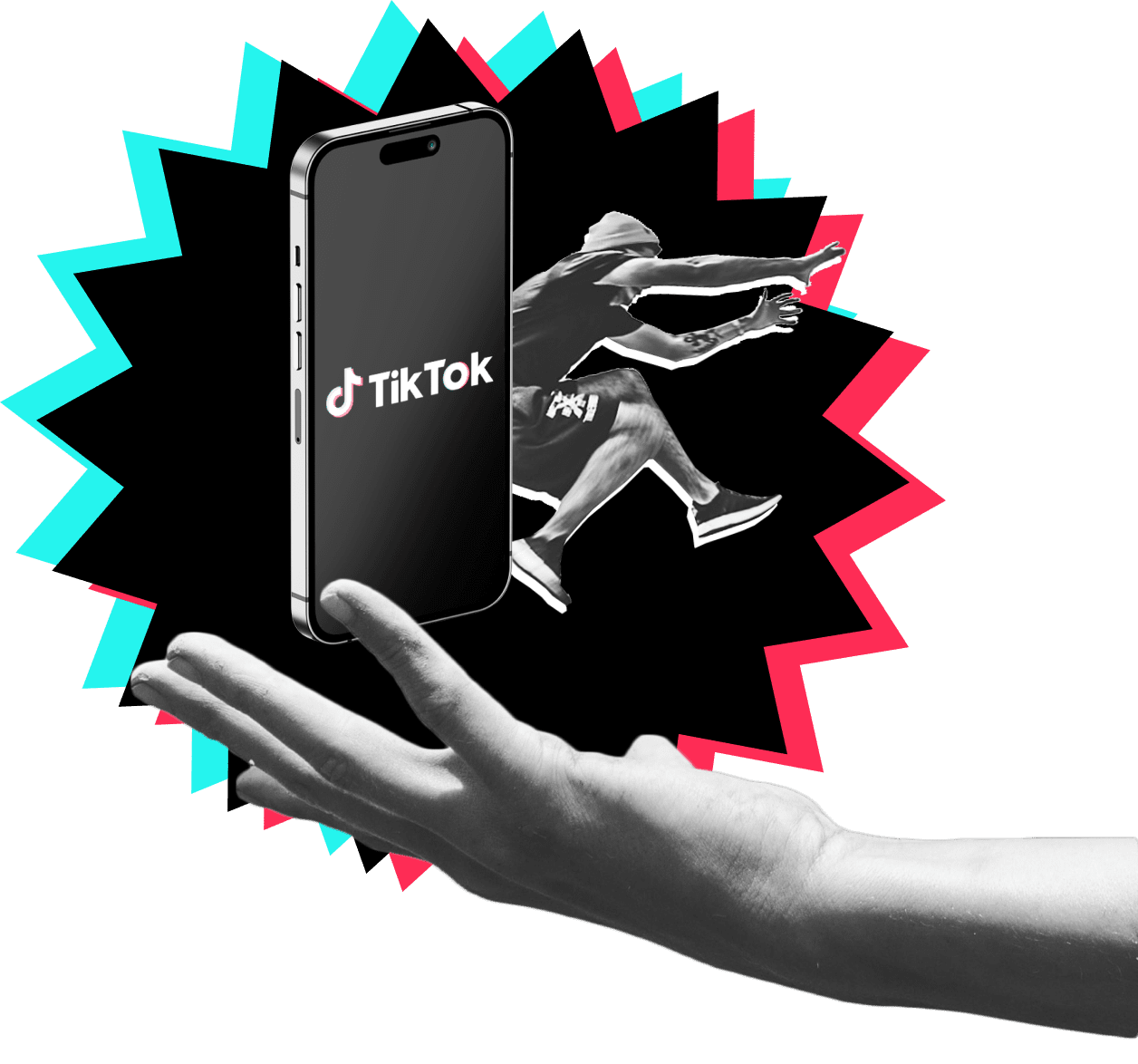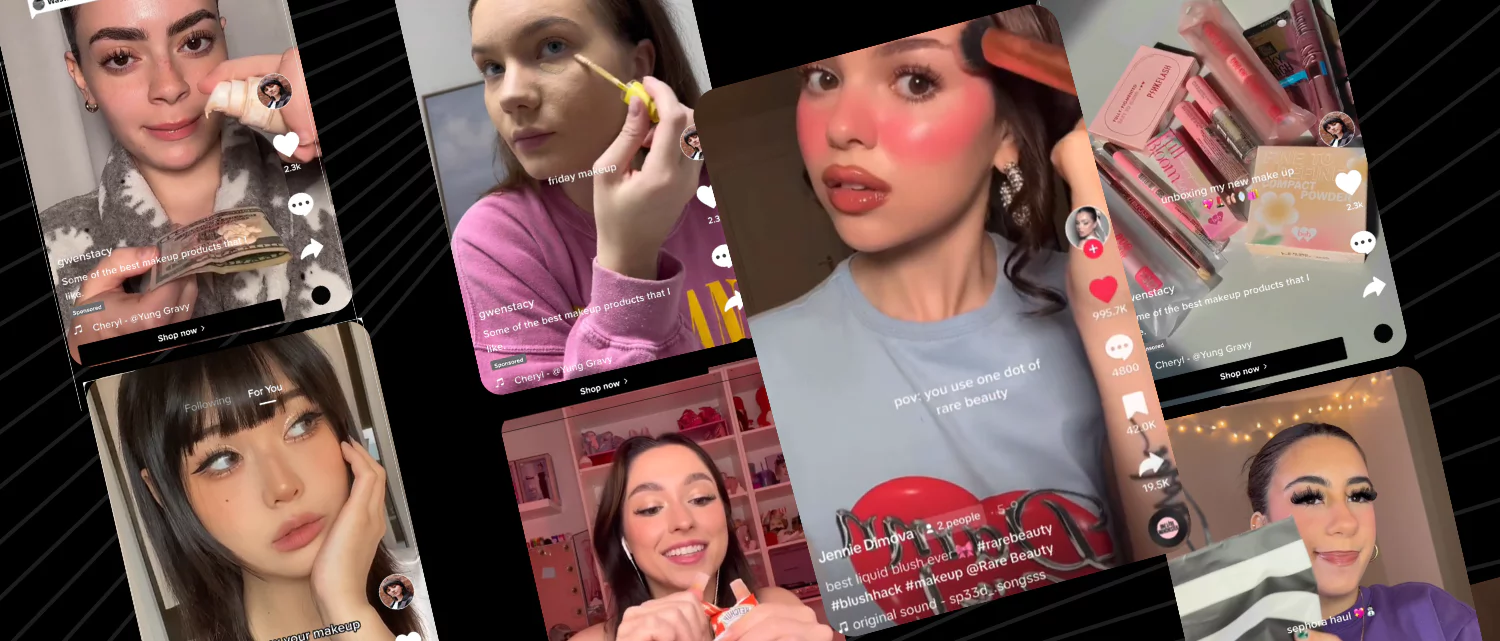
In today’s digital landscape, beauty brands are increasingly turning to Substack newsletters to foster direct relationships with their audience, share authentic content, and build a loyal community. As a digital marketing agency specializing in the beauty sector, we’ve identified key strategies to effectively grow your Substack publication.
1. Define Your Brand Identity
Establishing a clear and compelling brand identity is foundational. Your Substack should reflect your brand’s unique voice, values, and aesthetic. This consistency helps in creating a memorable impression and fosters trust among your readers. Consider what sets your beauty brand apart and ensure that your content aligns with this identity. citeturn0search3
2. Optimize for SEO
Enhancing your Substack’s visibility through search engine optimization is crucial. Implementing effective SEO strategies can significantly boost your newsletter’s reach. Key steps include:
- Keyword Research: Identify and incorporate relevant keywords that your target audience is searching for.
- Quality Content: Produce informative and engaging content that addresses the interests and needs of your readers.
- Meta Descriptions and Titles: Craft compelling meta descriptions and titles that accurately represent your content and include primary keywords.
- Internal and External Links: Use internal links to connect your content and external links to reputable sources, enhancing credibility and SEO performance.
Regularly monitoring your SEO performance through tools like Google Search Console can provide insights into your audience’s behavior and help refine your strategy. citeturn0search0
3. Leverage Visual Content
In the beauty industry, high-quality visuals are paramount. Incorporate images, infographics, and videos to make your newsletters more engaging. Ensure that all visual content is optimized for fast loading times and includes descriptive alt text to improve accessibility and SEO.
4. Engage with Your Community
Building a community around your Substack fosters loyalty and encourages organic growth. Encourage readers to participate by:
- Commenting: Prompt discussions by asking open-ended questions and responding to comments.
- Sharing: Include social sharing buttons to make it easy for readers to share your content.
- Feedback: Solicit feedback through surveys or direct questions to understand your audience’s preferences and improve your content accordingly.
Active engagement not only strengthens relationships but also provides valuable insights into your audience’s needs and interests. citeturn0news11
5. Consistent Publishing Schedule
Maintaining a consistent publishing schedule keeps your audience engaged and anticipates your content. Determine a frequency that you can sustain, whether it’s weekly, bi-weekly, or monthly, and stick to it. Consistency signals reliability and helps in building a dedicated readership.
6. Collaborate with Influencers and Experts
Partnering with industry influencers and experts can expand your reach and add credibility to your content. Featuring guest posts, interviews, or collaborations with well-known figures in the beauty industry can attract their followers to your Substack and provide fresh perspectives to your existing audience. citeturn0news12
7. Utilize Analytics to Refine Your Strategy
Regularly analyze your Substack’s performance metrics to understand what’s working and what’s not. Pay attention to open rates, click-through rates, and subscriber growth. Use this data to refine your content strategy, focusing on topics and formats that resonate most with your audience.
By implementing these strategies, your beauty brand can effectively grow its Substack newsletter, creating a valuable channel for direct communication, brand storytelling, and community building. As a digital marketing agency, we’re here to assist you in navigating this journey, ensuring your Substack becomes a cornerstone of your brand’s digital presence.
How can a beauty brand leverage Substack for marketing their products?
- Substack beauty newsletters
- Beauty brand email marketing
- Beauty industry newsletters
- Beauty content marketing strategies
- Building a beauty community on Substack
- Engaging beauty audiences through newsletters
- Partner with successful beauty brands on Substack
- Learn from top beauty newsletters on Substack
- Utilize Beauty brand storytelling via newsletters
Leverage Substack for beauty marketing to reach new consumers, build a more resilient community and offer insights, knowledge and expert advice to continuously expand your ever-evolving beauty and personal care community.
What is Substack?
Substack is an online platform that enables writers, journalists, and content creators to publish subscription-based newsletters directly to their audience. Launched in 2017 and headquartered in San Francisco, Substack provides tools for creating, distributing, and monetizing content through subscriptions. citeturn0search7
The platform supports various content formats, including text-based posts, podcasts, discussion threads, and videos, allowing creators to engage their audience through diverse mediums. citeturn0search2 Writers can choose to offer their newsletters for free or set subscription fees, with Substack typically taking a 10% commission from subscription payments. citeturn0search7
Substack has attracted a wide range of creators, from independent writers to renowned authors like James Patterson, who launched his multimedia subscription offering, “Hungry Dogs,” on the platform. citeturn0news10 This flexibility has made Substack a popular choice for those seeking to build a direct relationship with their readers and maintain control over their content.
How can a beauty and personal care brand build community on substack
Building a community on Substack offers beauty and personal care brands a unique opportunity to engage directly with their audience through authentic and valuable content. Here are key strategies to foster such a community:
1. Share Behind-the-Scenes Content
Providing customers with an inside look at your brand’s operations, product development, and team can drive loyalty and engagement. This transparency helps humanize your brand and fosters a deeper connection with your audience. citeturn0search2
2. Utilize Substack’s Chat Feature
Substack’s Chat function allows for real-time conversations with your subscribers, effectively turning your newsletter into a focus group. This feature enables you to gather immediate feedback, understand customer preferences, and involve your community in product development discussions. citeturn0search1
3. Leverage Long-Form Content
Substack supports in-depth articles, tutorials, and stories that resonate with readers seeking comprehensive information. By sharing detailed content, you can establish your brand as an authority in the beauty industry and build trust with your audience. citeturn0search0
4. Encourage Subscriber Interaction
Fostering a sense of community involves encouraging subscribers to participate actively. Prompt discussions through comments, host Q&A sessions, and create interactive content that invites feedback and engagement. This two-way communication strengthens the bond between your brand and its audience.
5. Offer Exclusive Content and Benefits
Reward your subscribers with exclusive content, early access to new products, or special discounts. These perks make subscribers feel valued and incentivize them to remain engaged with your brand.
By implementing these strategies, beauty and personal care brands can effectively build and nurture a vibrant community on Substack, leading to increased brand loyalty and customer engagement.
What is the difference between Substack and Medium?
Substack and Medium are both platforms that enable writers to publish and share content, but they differ significantly in their approaches, features, and monetization models.
1. Audience and Discoverability
- Medium: Functions as a social blogging platform with an extensive internal audience. Its algorithm promotes content to readers based on their interests, providing writers with the opportunity to be discovered by a broader audience. citeturn0search0
- Substack: Operates as a blog publishing platform with built-in newsletter, podcast, and chat functions. It relies on writers to build and maintain their own subscriber base, focusing on direct relationships between creators and their audience. citeturn0search0
2. Monetization
- Medium: Offers the Medium Partner Program, where writers earn money based on the engagement their articles receive from Medium members, including reading time and claps. To join, writers need at least one published article, 100 followers, and recent activity within six months. citeturn0search0
- Substack: Allows writers to monetize through direct subscriptions, offering both free and paid content. Substack takes a 10% commission from subscription earnings, and writers have access to their subscribers’ email addresses, enabling direct communication. citeturn0search0
3. Content Ownership and Control
- Medium: Provides a platform where writers can publish content, but it doesn’t offer ownership of the audience data, such as email addresses. This limits direct communication outside the platform.
- Substack: Empowers writers with full ownership of their mailing list, allowing them to export subscriber information and maintain control over their audience relationships. citeturn0search0
4. Community and Networking
- Medium: Encourages networking through features like publications, comments, and recommendations, fostering a community among writers and readers. Its larger internal audience (approximately 60 million monthly visitors) enhances this communal aspect. citeturn0search0
- Substack: Focuses on individual creators building their own communities, with features like newsletters and podcasts. While it has a smaller internal audience (around 30 million monthly visitors), it facilitates a more personalized connection between writers and subscribers. citeturn0search0
5. Content Format and Flexibility
- Medium: Supports rich text formatting and multimedia integration, allowing writers to create visually appealing articles with images and videos.
- Substack: Offers flexibility in content formats, including newsletters, podcasts, and videos, catering to diverse content creation needs. citeturn0search0
Medium vs Substack
In summary, Medium is suitable for writers seeking to leverage an existing platform with a broad audience and algorithm-driven discoverability, making it ideal for testing ideas and reaching diverse readers. Substack, on the other hand, is designed for creators aiming to build a dedicated subscriber base with direct monetization through subscriptions, offering greater control over audience relationships and content distribution.
How does a Substack newsletter work?
Substack is a platform that enables writers and creators to publish and distribute subscription-based newsletters directly to their audience. Here’s how a Substack newsletter operates:
1. Account Creation and Setup
- Sign-Up: Writers create an account on Substack to begin publishing.
- Customization: They can personalize their publication by setting a unique title, adding a logo, and selecting design elements that align with their brand.
2. Content Creation
- Writing: Substack provides a user-friendly editor for composing posts, supporting various content formats, including text, images, audio, and video.
- Formatting: Creators can format their content to enhance readability and engagement.
3. Audience Building
- Subscription Options: Readers can subscribe to newsletters for free or opt for paid subscriptions, depending on the creator’s chosen model.
- Email List Management: Substack allows creators to manage their subscriber lists, including importing existing contacts and exporting subscriber data.
4. Distribution
- Email Delivery: When a new post is published, it’s automatically sent to subscribers via email, ensuring direct delivery to the audience’s inbox.
- Web Access: Published posts are also accessible on the creator’s Substack website, allowing readers to browse and read past content.
5. Monetization
- Paid Subscriptions: Creators can offer premium content to paying subscribers, setting their own pricing tiers.
- Revenue Sharing: Substack takes a 10% commission on subscription payments, with the remaining revenue going to the creator.
6. Analytics and Growth
- Performance Metrics: Substack provides analytics on subscriber growth, open rates, and engagement, helping creators understand their audience and refine their content strategy.
- Community Engagement: Features like comments and discussion threads enable interaction between creators and subscribers, fostering a sense of community.
By offering these tools, Substack simplifies the process of running a newsletter, allowing creators to focus on producing quality content while managing distribution, monetization, and audience engagement effectively.
Which beauty brands have a substack today?
Several beauty brands have established a presence on Substack to engage directly with their audiences through long-form, authentic content. Notable examples include:
- Medik8
- Malin+Goetz
- Versed
These brands utilize Substack to deepen relationships with readers by partnering with creators who share their brand values and aesthetics. citeturn0search1
Additionally, beauty-focused newsletters like “The Love List” by Jess Graves have incorporated Substack’s chat function to foster community discussions about beauty products, effectively turning the platform into a focus group for product development and feedback. citeturn0search2
This trend, often referred to as the “Substack-ification of Beauty,” reflects a growing movement where beauty brands and writers leverage Substack to build loyal followings and engage in meaningful conversations with their audiences. Citeturn0search3
Hire Substack beauty marketing agency
Dillie is a media innovation company with a razor-focus on beauty and personal care brand and digital marketing. We bring digital marketing expertise, beauty industry insights, professional writes, trend forecasting, and a tech-forward approach to create a competitive edge for today’s leading beauty and personal care brands.
Email [email protected] to learn more.
